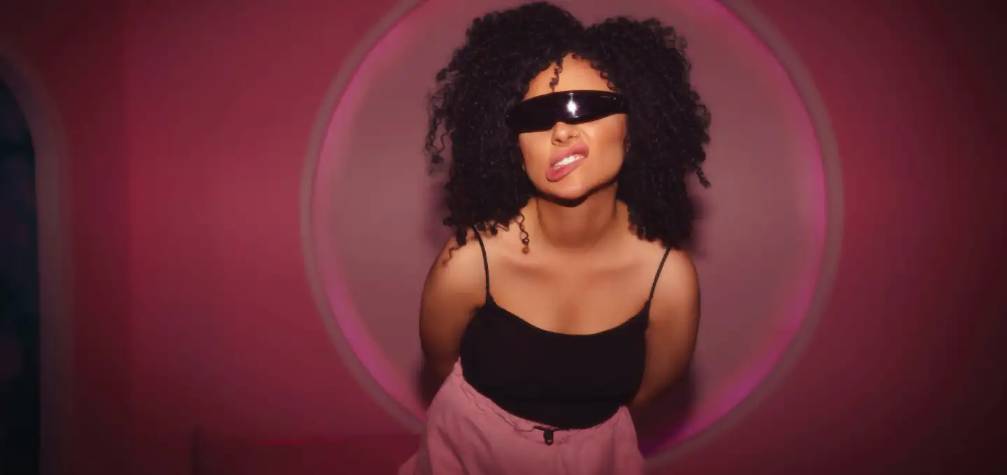US Fashion Trends: Where Style Meets Diversity
6 min read
13 Jun 2025
The United States is a melting pot of cultures, and this rich diversity is reflected in the nation's fashion landscape. From the runways of New York City to the streets of Los Angeles, US fashion trends are a blend of global influences, celebrating individuality, inclusivity, and creativity. In this guide, we'll explore the exciting world of US fashion trends, where style knows no bounds and diversity is the cornerstone of expression.
1. Streetwear Revolution
Streetwear has evolved from a niche subculture to a dominant force in American fashion. Rooted in urban culture and influenced by skateboarding, hip-hop, and graffiti, streetwear is characterized by its casual, comfortable, and often oversized aesthetic. Brands like Supreme, Off-White, and Fear of God have propelled streetwear into the mainstream, with collaborations that blur the lines between high fashion and street style.

2. Sustainable Fashion
As environmental consciousness grows, sustainable fashion practices have gained momentum in the US fashion industry. From eco-friendly materials like organic cotton and recycled fabrics to responsible production processes, brands are increasingly prioritizing sustainability. Thrift shopping and vintage fashion have also surged in popularity, promoting recycling and reducing fashion's environmental footprint.
3. Athleisure Dominance
Athleisure, the fusion of athletic and leisurewear, has become a dominant trend in American fashion. Brands like Lululemon, Nike, and Athleta have redefined comfort and style, making activewear suitable for both workouts and everyday wear. The rise of remote work and a focus on wellness have further fueled the athleisure trend.
4. Gender-Neutral Fashion
US fashion is breaking down traditional gender boundaries, embracing gender-neutral and gender-inclusive styles. Designers are creating clothing that transcends gender norms, offering fluid and versatile pieces that cater to all individuals. This inclusive approach celebrates diversity and challenges outdated stereotypes.
5. Inclusivity and Representation
In recent years, the fashion industry has made strides in promoting diversity and representation. Models of different races, body types, and gender identities are increasingly seen on runways and in campaigns. Brands are recognizing the importance of inclusivity as they work to reflect the real diversity of their customer base.
6. Digital Influences
The rise of social media and digital platforms has profoundly influenced US fashion trends. Influencers and content creators have become style authorities, with their fashion choices driving trends and influencing consumer preferences. Platforms like Instagram and TikTok have democratized fashion, allowing individuals to share their unique styles and connect with a global audience.
7. Local and Small Brands
While established fashion giants continue to thrive, there's a growing appreciation for local and small fashion brands. Shoppers are seeking out unique, locally made pieces that tell a story and support independent designers. This trend promotes a sense of community and authenticity in the fashion industry.
8. Sustainable Sneakers
Sustainable sneakers have emerged as a prominent trend, with brands like Allbirds and Veja leading the way. These sneakers are made from eco-friendly materials and production processes while maintaining style and comfort. Consumers are increasingly conscious of their environmental impact and are choosing eco-conscious footwear options.
9. Nostalgia Revival
Nostalgia-driven fashion is making a comeback, with trends from the '90s and early 2000s reimagined for the modern era. Vintage-inspired pieces, baggy jeans, graphic tees, and chunky sneakers are just a few examples of nostalgia-driven styles that have resurfaced in US fashion.
10. DIY and Customization
Individuality is celebrated through DIY and customization trends. From tie-dye and hand-painted designs to personalized embroidery and patches, consumers are eager to put their unique stamp on their clothing. Brands are also offering customization options to cater to this demand for personalization.
11. Size Inclusivity
The fashion industry has made significant strides in size inclusivity, with more brands offering a range of sizes to cater to diverse body types. This trend promotes body positivity and encourages individuals to embrace their unique shapes and sizes.
12. Work-from-Home Wardrobe
The shift to remote work has led to the rise of the "work-from-home wardrobe." Comfortable loungewear, athleisure pieces, and versatile separates have become staples for those working remotely. This trend combines comfort with style for a practical yet fashionable approach to remote work attire.
Conclusion
US fashion trends are a reflection of the nation's dynamic and diverse culture. From streetwear to sustainable fashion, gender-neutral styles to size inclusivity, the fashion industry in the United States continues to evolve, embracing inclusivity, sustainability, and individual expression. As digital influences and social media redefine fashion accessibility, style knows no bounds, and diversity remains at the heart of American fashion. With a focus on creativity, representation, and sustainability, the future of US fashion promises to be exciting, inclusive, and ever-evolving.


